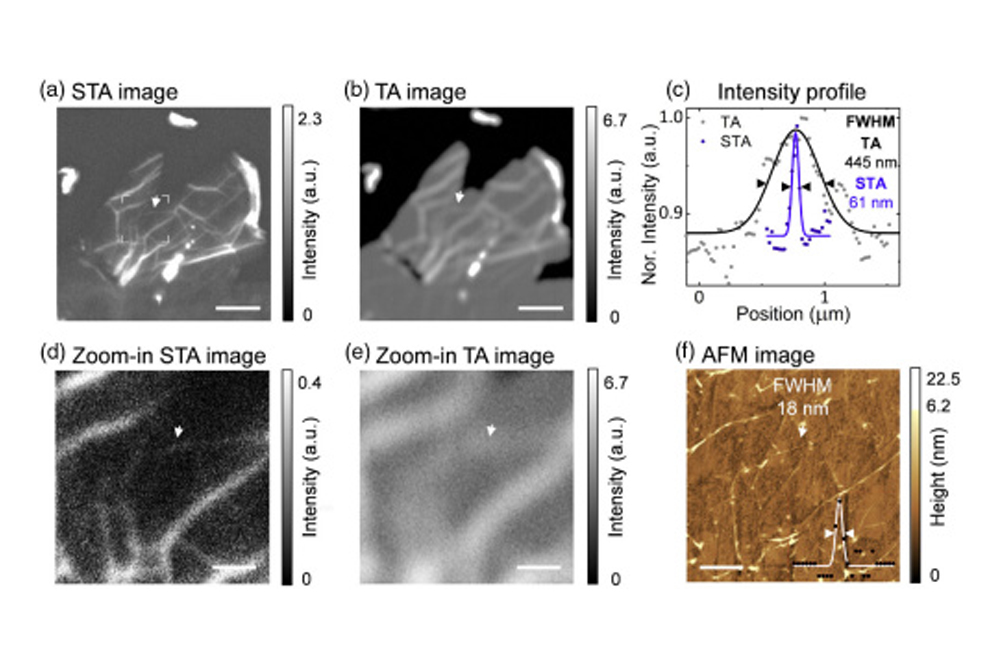Calendar Icon
Nov 10, 2020
Person Bust Icon
By Karl Vogel
![]() RSS
Submit a Story
RSS
Submit a Story

Wei Bao, assistant professor of electrical and computer engineering, is conducting research that is bringing the nanoscale world in to a sharper, deeper focus and allowing scientists to see all of it in color.
Bao's team, in collaboration with Ping Wang and Lei Ye from Huazhong University of Science and Technology in China, published in the October 2020 edition of Optica – the flagship journal of the Optical Society of America. They report far-field, super-resolution optical nanoscopy with a spatial resolution that can see things roughly 1,000 times smaller than the width of a human hair, or more than double the capabilities previously record.
This breakthrough also has the potential to improve the spectroscopy examination of biological and chemical samples that have cells spanning multiple wavelengths but contain structure down to molecular scales.
"People always want to see things at a higher resolution than we have now" Bao said. "If only probing at 200 nanometers, we can't see all that we want to see."
And, Bao said, by adding the ability to view these samples in color (spectroscopically), a better identification can be made of the materials and chemicals within.
"You always want to see something with color, instead of without color. It's kind of like the beginning of the 'Wizard of Oz,' where it's in black and white, and then everything becomes color and it's this beautiful thing," Bao said. "That's what we've been able to do, but for optical microscopy.
"With the various wavelengths and through the contrast mechanism, optical spectroscopy can provide the color information of the samples, and we can understand chemical and molecular information not previously available via other methods."
The research also breaks through a diffraction barrier, allowing two-dimensional materials – such as graphene – to be viewed with a spatial resolution of less than 50 nanometers. Bao's team achieved imaging of individual nanograins in graphene at a resolution of 36 nanometers, or about 10 times smaller than the previous diffraction limit or about 1,000 times smaller than a human hair.
The improvement is achieved by introducing a donut-shaped, blue saturation laser that more effectively suppresses the transitions between laser pulses, bringing more of the subject into sharp focus. The centers of these laser pulses are not saturated with light, allowing scientists to better see what is in the middle.
Bao said upon further improvement it is even possible to achieve higher spatial temporal resolution.
Submit a Story